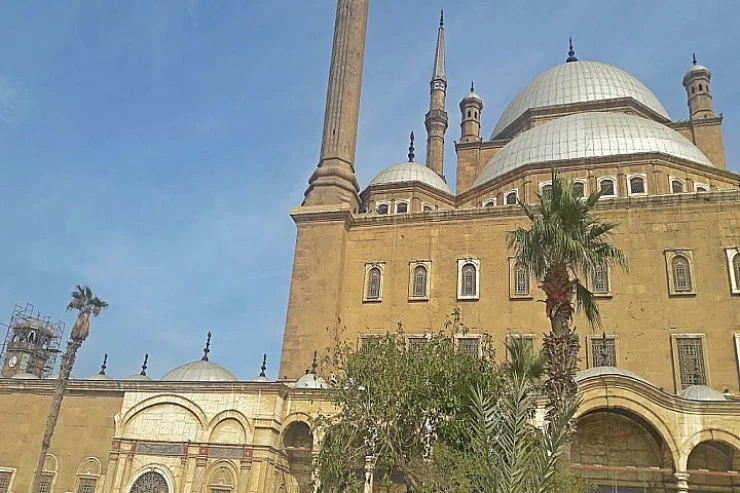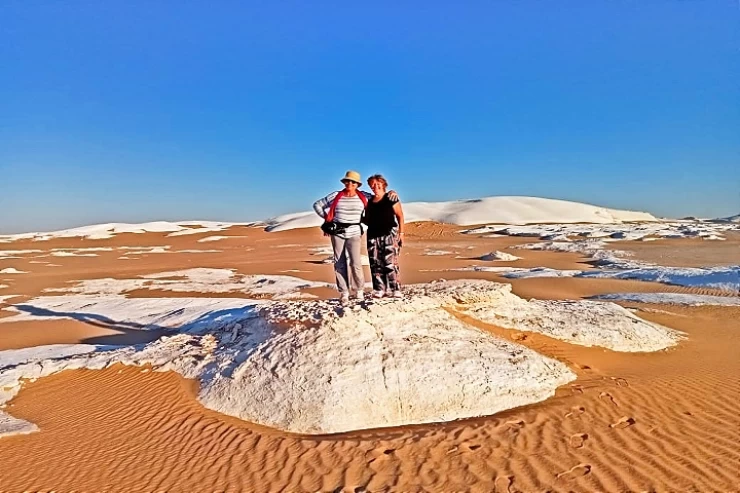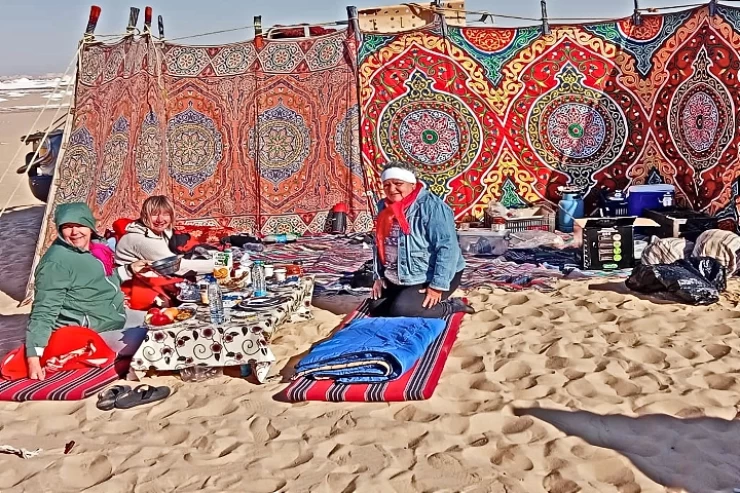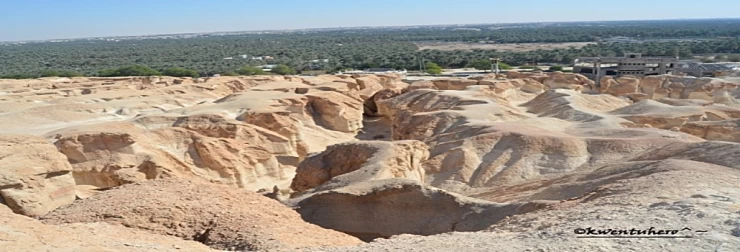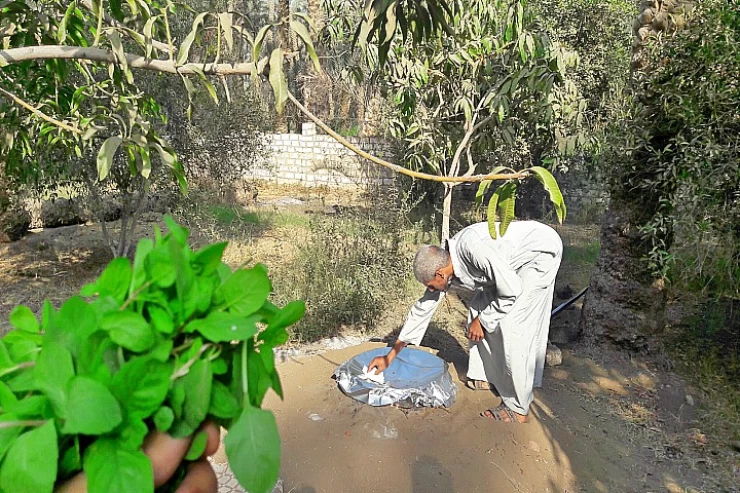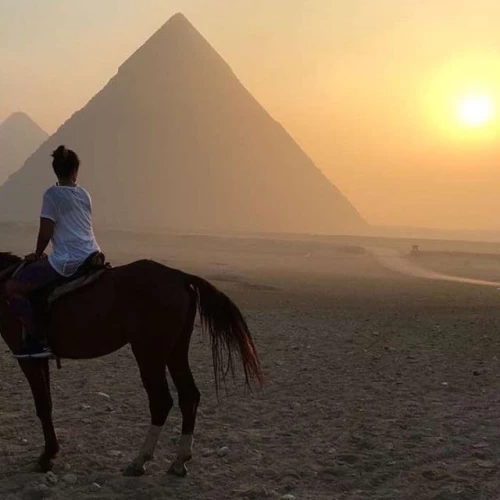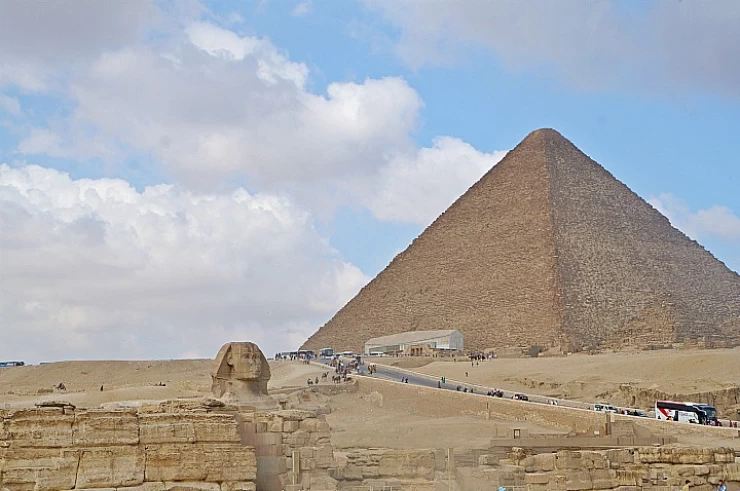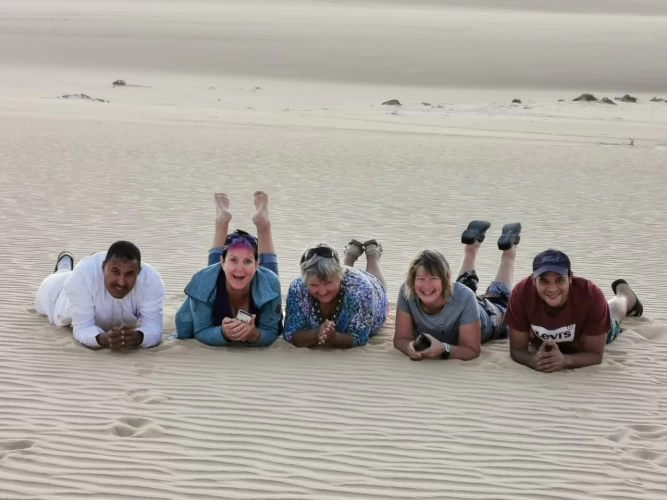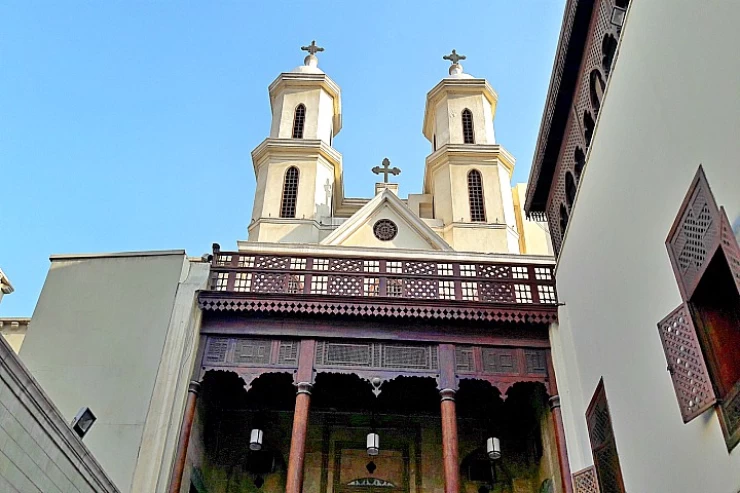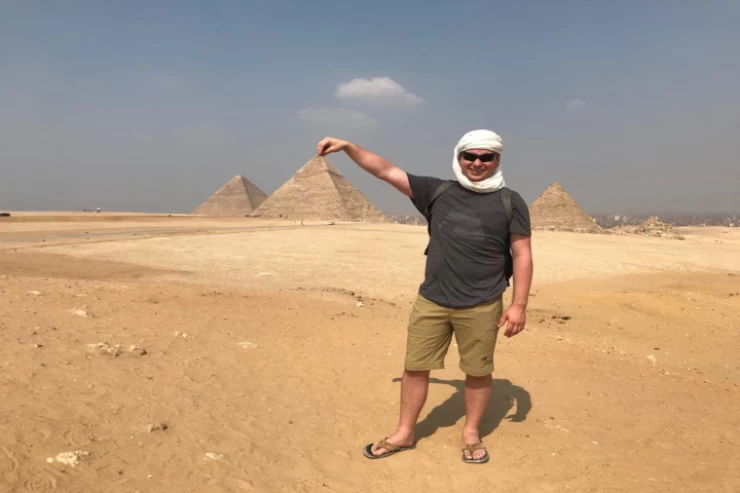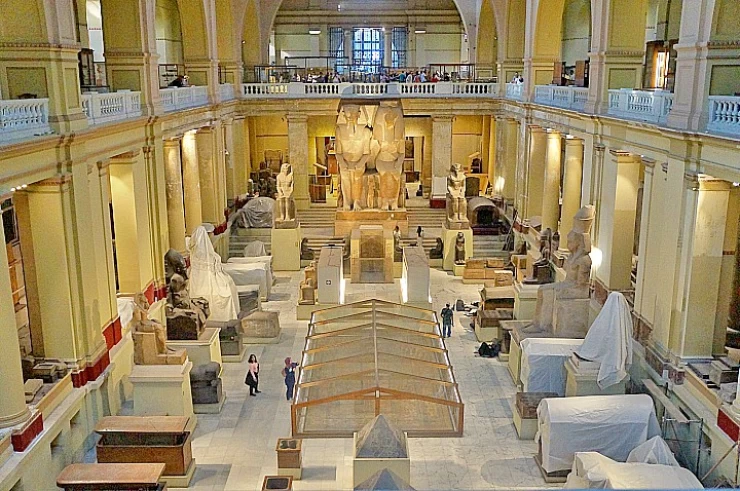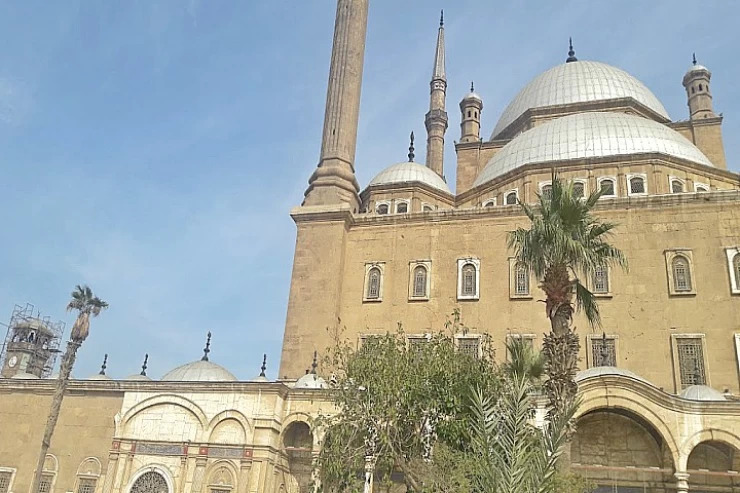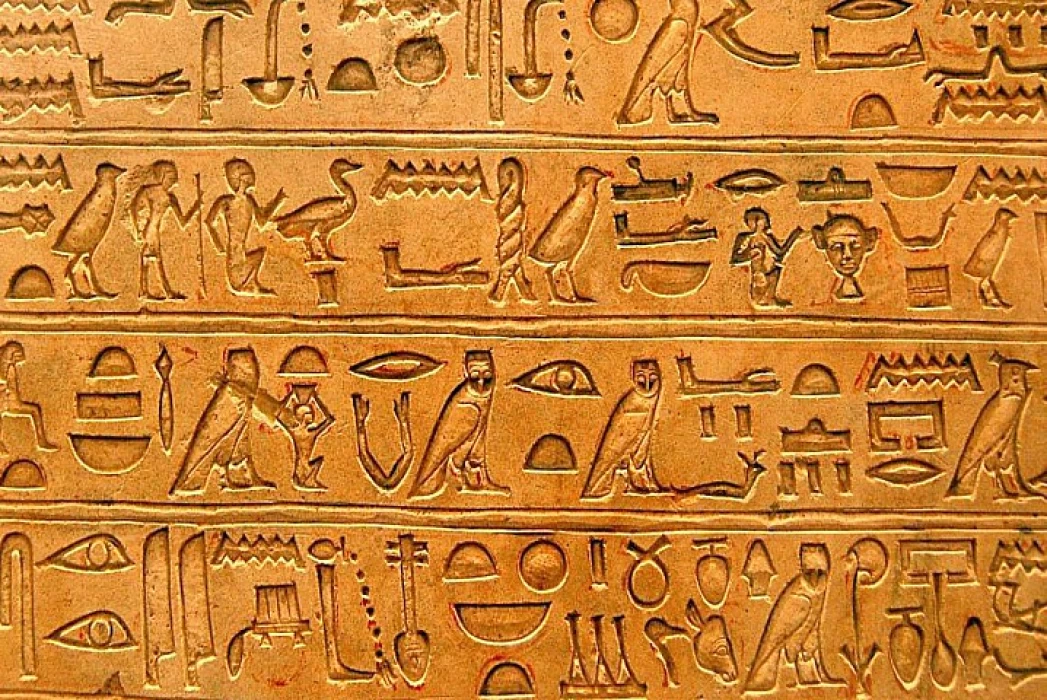
Ancient Egyptian Language
Details about Ancient Egyptian Language
The Egyptian language evolved over thousands of years, portions of the remaining scriptures being often divided according to scientists into categories like “ancient Egyptian”, “middle Egyptian” and “late Egyptian”. Coptic, an Egyptian language using the Greek alphabet, became widespread after the spread of Christianity throughout Egypt and with the increasing popularity of both Greek and Coptic the use of hieroglyphs declined until it finally disappeared in the 5th century AD. In 641 AD, Arabic began to be propagated in Egypt and this is the language that has been used till today as the official language of the nation.
Egyptian language, also known as ancient Egyptian, is one of the oldest branches of the Afro-Asian languages and was used in the ancient Egypt. Egyptian is an extinct language, now known to us through numerous complex texts which became accessible to the modern world after the decipherment of ancient Egyptian texts in the early 19th century. Developed first in the hieroglyphs at the end XXXIV century B.C. it has survived for more than a XV century.
Its classical version is known as “Middle Period Egyptian”. This accent was spoken during the Middle Kingdom and continued as the literary language of Egypt into Roman times. The vernacular was different by the time of classical antiquity as seen below.
The ancient Egyptian language, like all Afro-Asiatic languages, has 25 consonants, either emphatic or allophonic. It is divided into sonorants (acoustical) e. g. voiced and voiceless as well as sibilant, plosive and affricate consonants other than fricatives (non-sonorant) that occur in a voiceless-voiced set e. g. fricatives and affricates. In addition, there are three long and three short vowels each in Egyptian, later expanded to about nine.
Similar to Semitic and Afro-Asiatic, the most basic Egyptian word reveals triple root or bi-stator-stater and semi-regular formantia, therefore a triple areistinguishable wich gives: contumaciousness/morose/ingratitude according Hippolytus. A word sense is appropriated through act combination in individuality terms. For example, in the word 'hearing', X-M-P is the residence tripartite structure i.e., semantic essence; basic pairing - 'heard'. If the performer signifies agent then no suffix is added to the verb: 'Hearken ye woman'.
Latest Articles
Admin
Aswan Governerate in Egypt
Aswan was known as ‘Sonu’ in ancient Egyptian times, meaning market, as it was a trading centre for caravans coming to and from Nubia. In the Ptolemaic era, it was called ‘Sin’ and the Nubians called it ‘Yaba Swan’. It was also known as the Land of Gold because it served as a great treasure or tomb for the kings of Nubia who lived there for thousands of years. Before the migration, Aswan's borders extended from Asna in the east to the border of Sudan in the south, and its inhabitants were Nubians, but after the Islamic conquest of Nubia, some Arab tribes settled there.
Admin
About Luxor Governorate in Egypt
The South Upper Egyptian area is home to the Egyptian governorate of Luxor. Its capital is Luxor, which was formerly Thebes, the capital of Egypt throughout multiple pharaonic eras. Its centers and cities are spread over both sides of the Nile River. The said governorate was established by Presidential Decree No. 378 of 2009, which was promulgated on the 9th of December of that year.
Admin
History of kafr El Sheikh Governorate
Kafr El Sheikh Governorate, located in the far north of Egypt in the Nile Delta, overlooking the Mediterranean Sea, is characterised by the diversity of natural life and environments, and is one of the Egyptian cities that can be visited after the end of the first semester exams at universities and schools, as it features many diverse tourist and recreational places at symbolic prices within everyone's reach.
Admin
Egypt's New Administrative Capital
The New Administrative Capital is considered the project of the era because it reflects a perfect image of the future and progress on the economic, cultural, social and civilisational level, as the capital is considered the new capital of Egypt at the present time. The importance of the New Capital is that it is a comprehensive transformation of the future of buildings, services and national and mega projects in Egypt.
Admin
Al Gharbia Governorate
The Governorate of Gharbia is inclusive in the geographical area of The Arab Republic of Egypt which is in the African continent, more specifically in the region surrounding the Nile delta, between Damietta and Rashid governance. To the control of the region from the north is Kafr El-Sheikh Governorate, from the south Menoufia Governorate, from the east – Dakahlia, Qalyubia Governorates, and to the west is the Beheira Governorate.
Admin
Hamata Islands (Qulaan Archipelago) in Marsa Alam
Each reserve has several sectors. In Wadi El Gemal Reserve, there is one of the natural areas called the Hamata area or Hamata sector in Wadi El Gemal Reserve. Its sectors are the perfect and most ecological, land and water, and host countless animals and plants found in the oceans and on the land.






